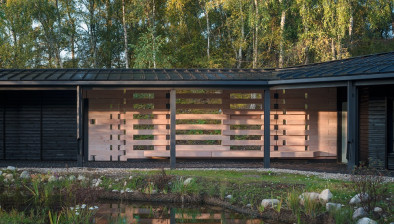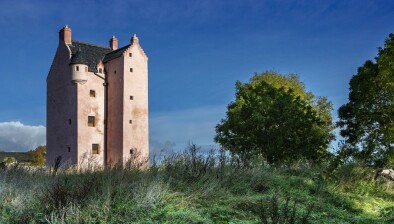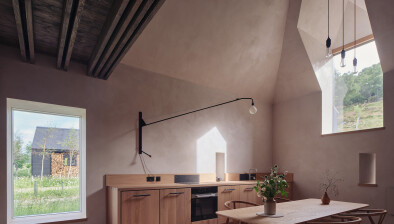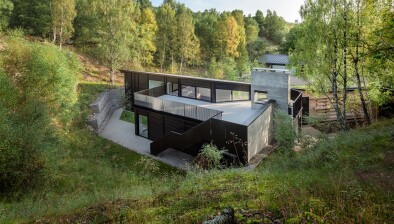Planning granted for Moxon Architects’ new Scottish studio on disused quarry site
 Moxon Architects is to develop a new build premises for its studio in Aberdeenshire to accommodate an increasing workforce and new high profile infrastructure projects.
Moxon Architects is to develop a new build premises for its studio in Aberdeenshire to accommodate an increasing workforce and new high profile infrastructure projects.
The 400 sqm facility in Crathie has received planning permission with construction due to start in Q4 2017.
The studio will become the permanent base for the expanding Scottish arm of Moxon, which continues to grow its original London office; affording it a broad portfolio of work both internationally and across the breadth of the UK.
Moxon’s growth is partly a response to its involvement in major new infrastructure projects including the UK’s High-Speed rail network HS2, as well as bridge and highways projects in Scotland and overseas. Projects already under construction in Scotland include the Fife Arms Hotel in Braemar for Hauser & Wirth and the Cairngorms National Park Headquarters.
Projects elsewhere in the UK include the West End Theatre Ticket Office in Leicester Square and a range of conservation and arts projects in Somerset and the South West. The slimline Somers Town bridge on the Regents Canal in King’s Cross was unveiled earlier this summer.
On its new development, Moxon said: “The studio proposal comprises two low-lying buildings that sit at either side of an existing topographic barrier covered in mature birch, rowan and aspen. The purpose of splitting the office premises into two components is to reflect the twin roles of an architecture practice: focused design work and broad collaboration.
“The more privately positioned building houses the office premises for the practice - containing a studio, meeting rooms, offices and back-of-house facilities. Hidden from view and protected by the landscape from noise, it is a peaceful and concentrated area to work.
“Conversely, the road-facing building is designed to house social and flexible working spaces for the practice, including a small kitchen and staff dining area. A lounge also functions as an additional informal meeting area to welcome guests and clients.
“The two buildings are connected by a covered walk that provides all weather circulation and a sheltered space to enjoy the wooded surroundings.
“Principle walls of the proposal will be finished with a combination of concrete, glass and recycled shuttering. The difference between the finishes in weathering and texture as well as module will be apparent at close quarters, establishing a visual hierarchy where elemental concrete walls define the skeleton of the structure, around which the lightweight framed building enclosure is constructed.
“The building mass is positioned within the landscape in a deliberate attempt to nestle the studio into the contours and vegetation that define the area. This is further reinforced by the over sailing roofs, which are a combination of flat meadow planted areas and shallow, profiled metal pitches that reference agricultural buildings.”

















